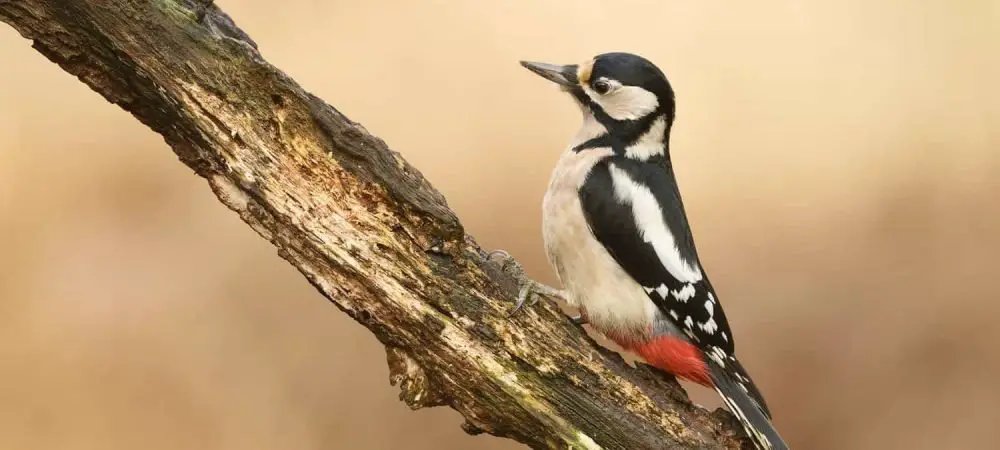
Want to learn more? Take a look at the North American Guide to Woodpeckers
The Bluegrass State is a place known for its horse breeding and its location in the heart of the American commonwealth.
Kentucky has a mixed climate of temperate midland warmth and rich coastal winds that make for an ideal breeding grounds for birds like woodpeckers who thrive in these types of environments.
Below, we list the woodpeckers seen most frequently in Kentucky.
Take a look at our article on How to Attract Woodpeckers?
What Woodpeckers can be seen in Kentucky?
Table of Contents
1. Red-bellied Woodpecker
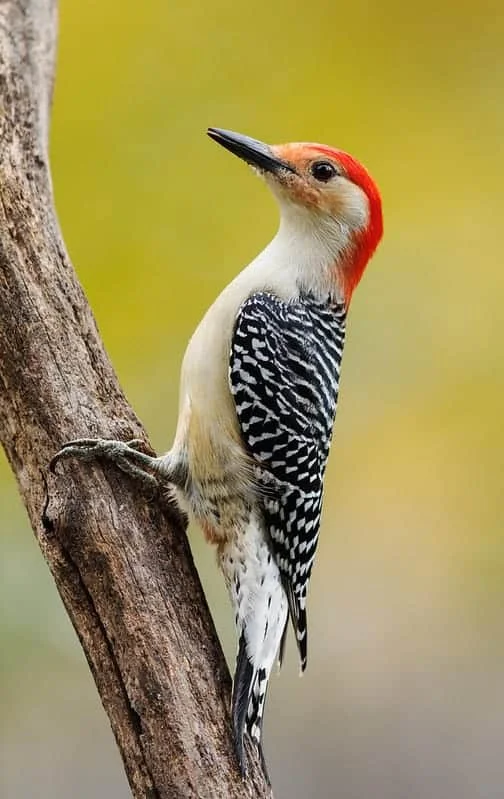
Wingspan
15-18 inches
Weight
2.65 ounces
Life Expectancy
12 years
Diet
Insects
Another of the all-year woodpeckers of Kentucky, the red-bellied woodpecker is the quintessential pecking forager, constantly burrowing into trees looking for insect meals.
It is perhaps the most carnivorous of its kin save for the red-heads, venturing to eat tree frogs and eggs along with the seed and plant-based diet common to most birds.
Their ‘red’ bellies are actually mostly grey or white save for a section of rose-colored feathers at the base of its body, from which it derives its name.
Their faces are also white, with a similar red color on the crown in the shape of a mohawk, and the typical black and white stripe pattern on the wings and back.
These birds congregate in the swampy marshlands to in the southeastern plains, and the western areas like the Cypress Swamp, though it is unnecessary to venture into these places if you have a well-stocked bird feeder.
2. Downy Woodpecker
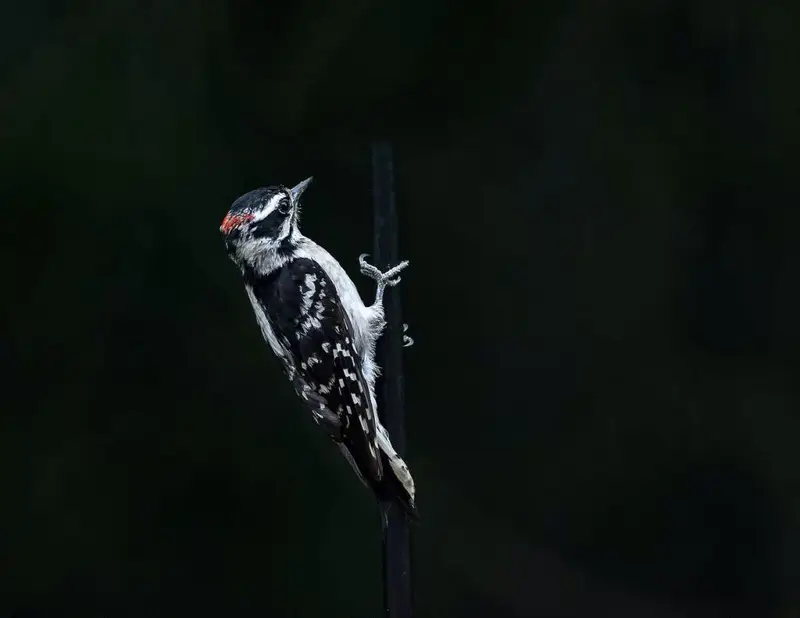
Wingspan
3.27 to 4.13 inches
Weight
0.75 to 1 ounce
Life Expectancy
12 Years
Diet
Insects & Non-insect arthropods
Named for the soft ‘downy’ feathers that cover its frame, the downy woodpecker is a year-round resident in the state of Kentucky.
They wear the common black and white pattern found on most woodpeckers–white stomachs, and striped black-and-white on the wings, and a black ‘mask’ about the eyes on a white face–with a small tuft of red at the very top of the crown.
Downy woodpecker are often confused with their larger lookalike, the hairy woodpecker.
They are among the smallest of the species, just larger than a sparrow, and are known to hang on small tree limbs while they scout for insects and seeds in the surrounding areas.
They will come to backyard feeders that are properly stocked, and will often linger in tree lots and parks with other smallish birds.
3. Hairy Woodpecker
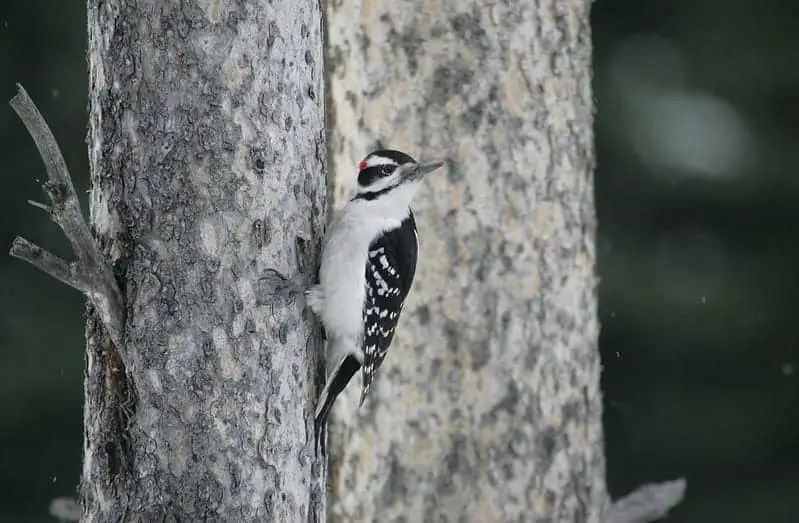
Wingspan
15 inches
Weight
1.4 to 3.4 ounces
Life Expectancy
15 years
Diet
Wood-boring insects & tree sap
This is a bigger version of the downy woodpecker that spends all year in kentucky, including breeding season.
They have a similar black and white pattern, though with less ‘furry’ feathers, and it can be hard to see the small red patch of feathers at the crown.
Like most woodpeckers, they are comfortable in civilization, hanging around local parks, tree groves, lots, and backyards as long as there are trees.
While it will occasionally fly south in the coldest winters, the hairy woodpecker usually flies to lowlands of Kentuck rather than moving out of state.
4. Pileated Woodpecker
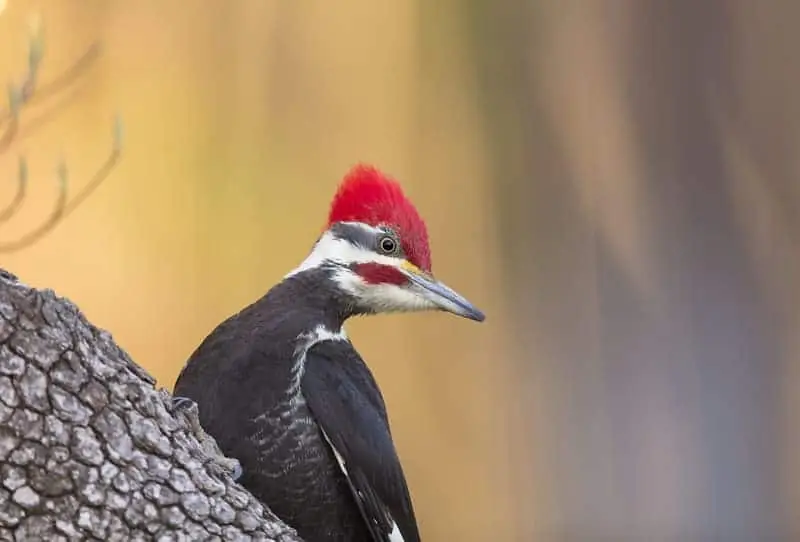
Wingspan
26 to 30 inches
Weight
8.8 to 14.1 ounces
Life Expectancy
13 years
Diet
Fruit, nuts & insects
These are the largest of North America’s woodpeckers, and likely the image evoked when we think of the famous cartoon.
They can be recognized by the unmistakable swoop of red at the crown that resembles a hairstyle, along with the stark black and white stripes across the body and face that blend less than most.
They are year-round residents, though encountered less frequently than the others. This is partly due to their tendency to live in the deep woods rather than residential areas; and partly because of a declining population in the state as they gather in the deeper south.
They will still live at the edges of civilization, however, and occasionally visit backyard trees and feeders.
Pileated woodpeckers are a common sight in dead forests that have been destroyed by water or wood-boring insects, where the wood is more malleable than other places.
5. Yellow-bellied Sapsucker
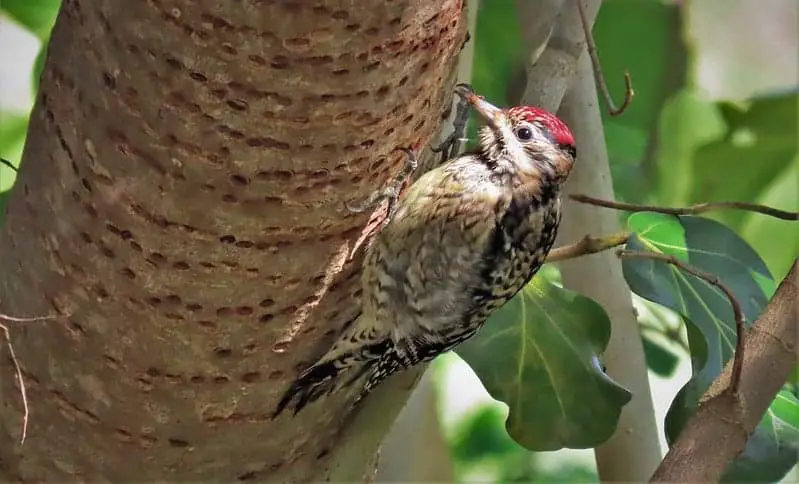
Wingspan
13 to 16 inches
Weight
1.5 to 1.9 ounces
Life Expectancy
7 years
Diet
Tree sap, insects & fruit
This appropriately-named woodpecker does indeed poke holes in trees to retrieve sap (and bugs); and it does have a yellow belly.
The rest of its color scheme is similar to most woodpeckers: a black and white striped pattern across the wings and face, and spots of red across the crown.
It differs with the additional red patch under its beak giving it a unique mask, and the blend of yellow and white feathers at the base of its stomach.
This is the least likely of its kind to be encountered in Kentucky, though the state does have a non-breeding population that comes south from Canada like the northern flicker when the winter chill is at its peak.
6. Northern Flicker
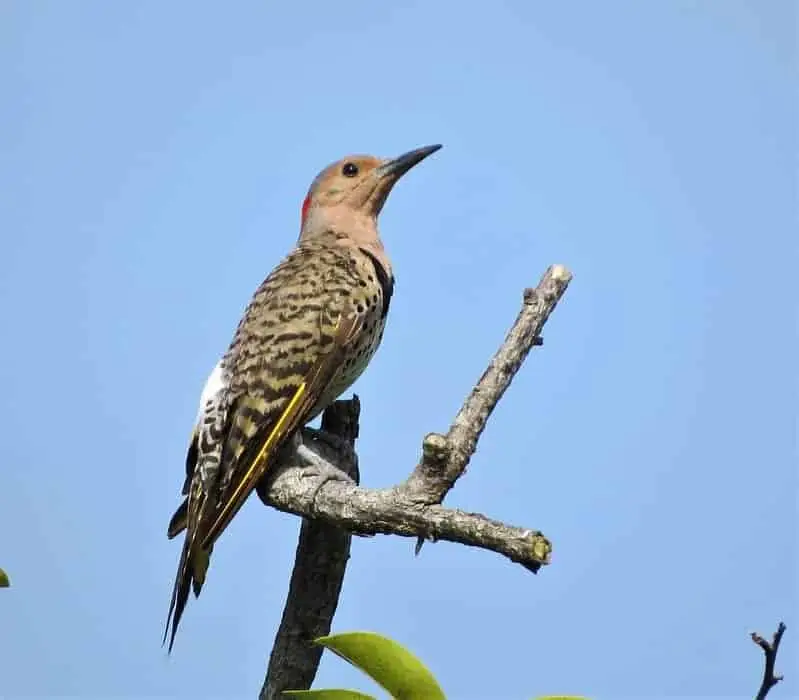
Wingspan
21.3 inches
Weight
6 ounces
Life Expectancy
9 Years
Diet
Insects, seeds, nuts & fruit
The term ‘northern’ in this bird’s name refers to its tendency to breed exclusively in the cold climates north of the US-Canada border.
However, northern flickers venture south all their lives and reside in various states throughout America when they aren’t breeding.
Theirs is a vibrant color scheme: silver heads with red streaks near the beak and brown masks; orange bodies with black spots; a black ‘bib’ about the collar; and flashes of black and white on the underside of their wings which can be spotted in flight.
Flickers like to burrow into pine trees and build permanent homes, which are for stashing food rather than breeding in the south.
7. Red-headed Woodpecker
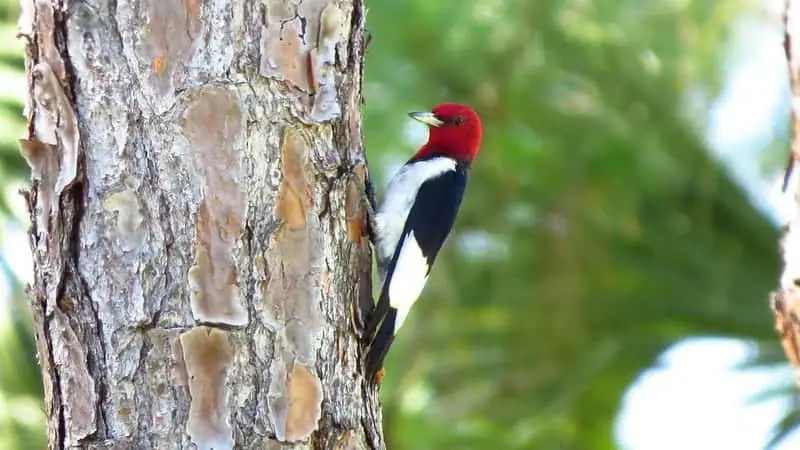
Wingspan
16 inches
Weight
2.5 ounces
Life Expectancy
9 Years
Diet
Insects & Berries
This is the most commonly encountered woodpecker in the US, so it should come as no surprise this bird is encountered in Kentucky all year-round.
You can spot this one easily by its trademark red head–which included its crown, face, and neck–though the black and white color scheme of its body is close to the above.
The main visual difference are the white ‘bars’ (a single large stripe) on its otherwise black wings, and a belly that is stark white rather than speckled like so many others.
Red-headed woodpeckers will visit backyard feeders to find suet and sunflower seeds, as well as acorns from deciduous trees found in lots and parks, so you don’t need to visit a nature reserve to spot one.

More Articles.
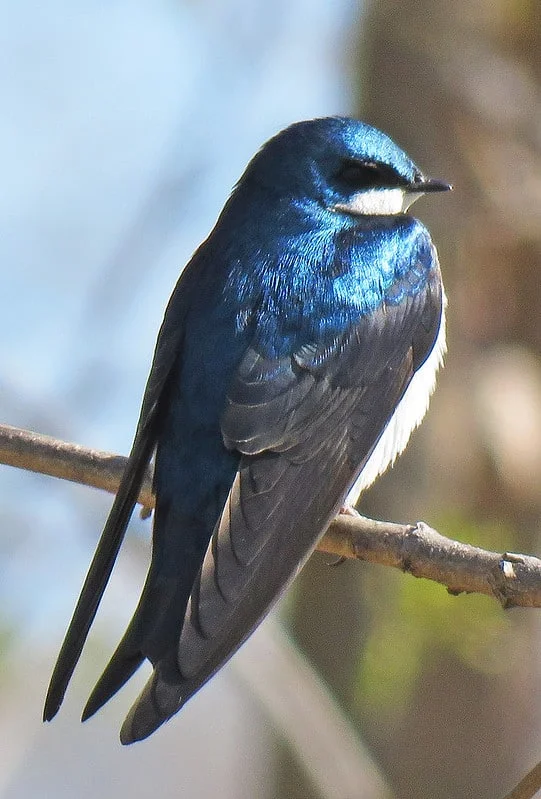
North American Birds with Blue Wings (13 Species with Pictures and Sounds)
North America is filled with many wonderful birds with blue wings – in fact, there

How To Attract Birds To A Balcony?
The best way to attract birds to a your balcony is to choose the correct
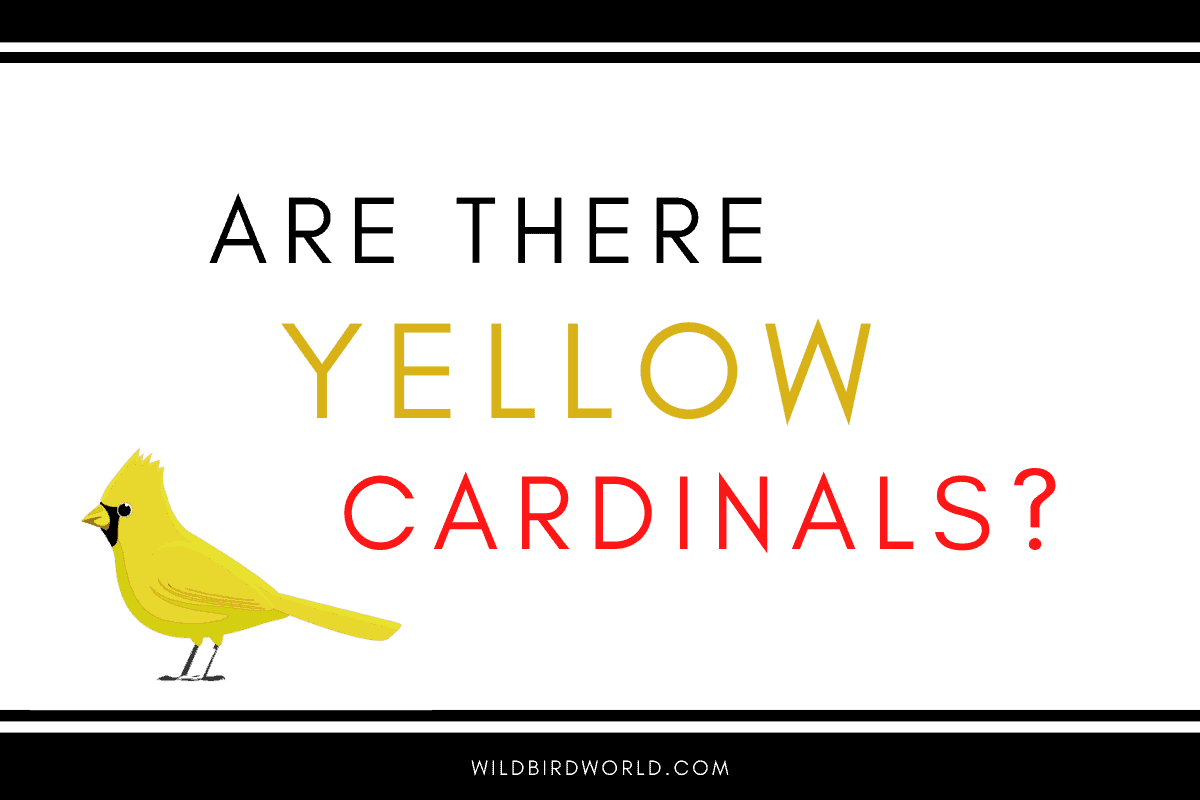
Birds are known to come in many different colors. Even birds of a similar species

About Us
We are avid bird-watchers who recently retired, allowing us more time to travel the world. Fortunately, we have managed to visit numerous countries around Europe, Asia, and America. Watching and photographing birds has been a passion for many years and we are making the most of the extra time on our hands!
